Insulation distribution with a low ceiling; efficiency vs. comfort
Context: a 14′ x 7′ x 6’8 tiny house built on a step-van chassis. Heated by wood and propane. Designed for Zones 4-7. Primary occupant 5’10 or so. Insulation is reclaimed polyiso, mostly 4″ with a few 2″.
If I increase insulation at the roof and lower it a the floor (say, 2″-4″-6″ floor-walls-roof), this would retain the most heat overall, and conform to standard building practice, but wouldn’t it also exacerbate a temperature gradient between air at the roof and air at the floor? For comfort with such a low ceiling, I ideally want the upper air colder (on my face) and warmer (on my feet).
Instead, suppose there were an even 4″ all around; would this keep the floor slightly warmer and the roof slightly cooler, compared to the 2-4-6, at the cost of increased total heat loss?
As a side note, is it wise to have less insulation on the floor than the walls, if the floor is a foot off the ground with no skirting?
GBA Detail Library
A collection of one thousand construction details organized by climate and house part



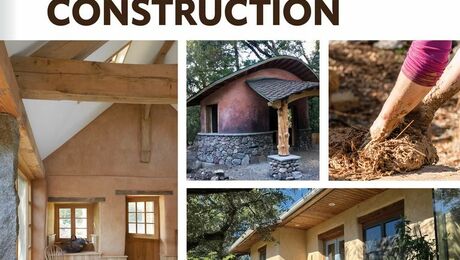
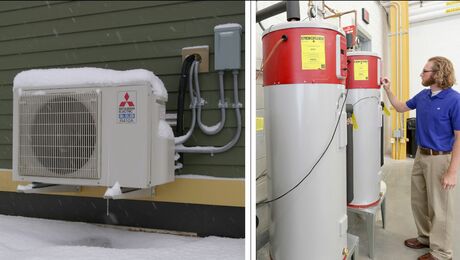
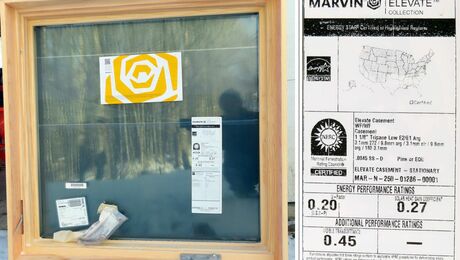
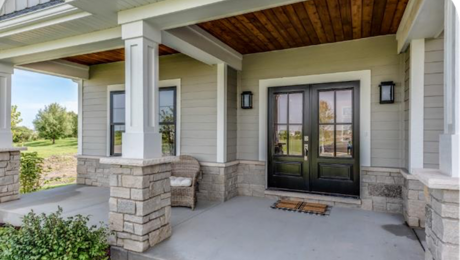
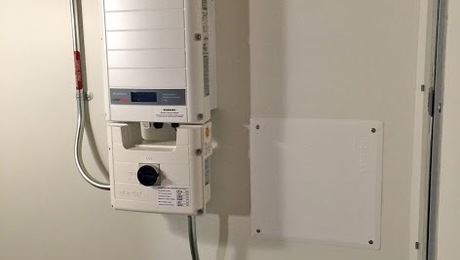

Replies
Geva,
Heat loss occurs in all directions. There is no logic to having a higher R-value for your roof than your walls.
The main reason that builders add more R-value to ceilings than walls or floors has to do with the fact that it's cheap to install insulation in an attic.
The more insulation, the slower the rate of heat flow -- no matter where the insulation is located.
In a tiny house, it's going to be impossible to create a layer of cool air near your head and a layer of warm air near your toes. The propane heater and wood stove will very quickly make everything hot.
Geva- I'm not sure a wood stove is worth the space it will occupy in your tiny house. With 4" of polyiso all over, the smallest propane heater you can find will be more than sufficient. With good air sealing, you can probably heat the place with a small dog. Seriously, if you have electricity, a single electric heater may do the job.
Attic insulation for convenience? I didn't know that. However, thermal conduction depends also on the temperature gradient, which would be higher (in cold weather) at the roof than the floor, simply because the air is warmer up there. Whether it's practically significant is another question.
Of course I can't have that ideal temperature distribution, but I'd sure like to mitigate the stuffy-face/cold-feet problem, and it sounds like evenly distributing the insulation is the way to do that.
Woodstove is more for fossil-fuel (and other grid) independence than because I'm worried about inadequate heat. The challenge is going to be finding one that's small enough not to roast the place while being big enough (or sufficiently well-designed) to smolder overnight.
(So far, people's estimates of my required heat source have included: nothing, a candle, a pine cone, and now a small dog :)
Geva,
The rate of heat flow through an assembly depends on the area under discussion, the delta-T (difference in temperature between indoors and outdoors), and the R-value of the assembly.
If we're talking about a building with temperature stratification -- and such buildings are common -- the air near the ceiling may be a few degrees warmer than the air near the floor. You are correct that this raises the delta-T, thereby increasing the rate of heat flow. But it's a small difference compared to weather factors. Depending on the weather, the delta-T in January might be 70 F°, or it might be 40F°. Compared to these temperature swings, the difference in indoor temperature between 68°F and 79°F is relatively small.
Moreover, a building with this type of temperature stratification is defective. This type of temperature stratification happens in leaky buildings -- ones where heated air escapes through ceiling cracks and cold outdoor air enters through the floor assembly. While this type of leaky building is common, it's not the type of building that GBA recommends. We recommend that builders strive for airtightness. If you do that, you won't have much temperature stratification.
Got it, thanks. Horray for airtightness.
I've been lusting after these Mariner and Shipmate stoves from the first time I saw one which was in a tiny house, I think.
http://www.shipmatestove.com/Results.cfm?category=6
http://www.marinestove.com/installation_views.htm
Not that you specifically asked that question. I just smile whenever I think about getting one.
Lucy,
Or you can go for all stainless-steel.
Kerosene-fueled heaters:
http://dickinsonmarine.com/product_cat/diesel-heaters/
http://www.fisheriessupply.com/sig-marine-sigmar-100-10100
Propane-fueled heaters:
http://dickinsonmarine.com/product/newport-p12000-heater/
http://www.fisheriessupply.com/sig-marine-cozy-cabin-heater-10000
This one burns wood:
http://dickinsonmarine.com/product/newport-solid-fuel-heater/
Reply to Lucy: I've been lusting after those tiny wood stoves as well. I need to buy a boat to put one in.
Those sure are cute, but they cost HOW MUCH?! $4000-5800? What, is this a subsidiary of Porsche or something?